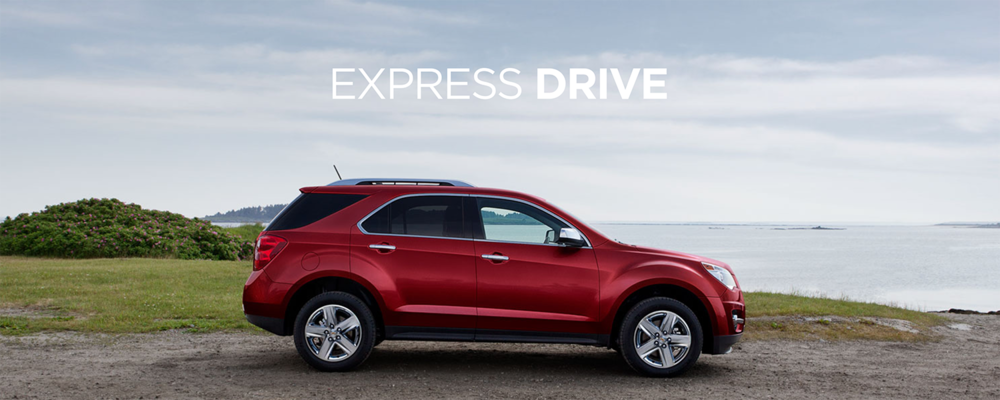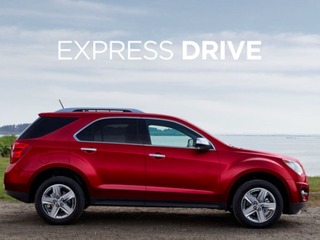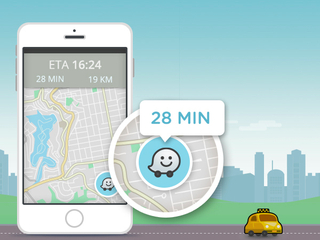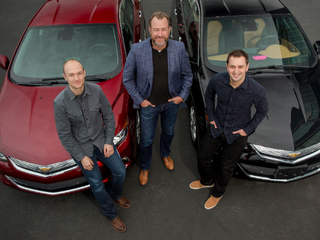When Lyft confirmed its $1 billion funding round led by General Motors (GM) at the start of the year, the ridesharing company touted the partnership aspect of the deal. Now we’re starting to see why.


The two companies this week announced the launch of Express Drive, a car rental program for those individuals that need access to cars in order to drive for Lyft. While the company says rental rates will be “affordable,” it also says that those drivers who meet a certain threshold of rides per week (65) won’t have to pay for the rental.
Also, Lyft covers insurance and standard maintenance through Express Drive, reducing expenses for drivers.
The program will start in Chicago later this month, followed by rollouts in Boston, Washington, D.C., and Baltimore. Notably absent from the announcement is San Francisco, the city where both Lyft and its primary rival Uber are headquartered.
That might have something to do with Lyft’s own data around people who want to drive for Lyft but don’t have access to cars. In Chicago, for example, the company says 60,000 people applied to drive for Lyft but didn’t have a “qualifying car.” In addition to being at least 21 years of age, owning an iPhone or Android, and passing several background checks, the driver must also have a car that meets the company’s requirements for a qualifying car:
Your car needs to have four external door handles and at least five total seat belts. You must be a covered party on your car’s in-state insurance, and have in-state license plates. We’ll confirm all of this during your 19-point vehicle inspection. Cars have Lyft age requirements too, which can vary by state. See your state-specific requirements.
Obviously, Lyft realized at some point that it was artificially constraining its own business by limiting itself to drivers with a car that met those qualifications. Tons of people have driver’s licenses in cities and need work, but don’t necessarily have a car—let alone one that’s up to snuff. But the company needed a partner in order to provide those drivers with cars.
Enter GM.
Though it received $500 million from GM alone in its Series F deal, Lyft’s vision of rental car hubs stood out from that original announcement as one of the more tangible, short-term results of the partnership as a whole. Other more long-term developments include an “Autonomous On-Demand Network” to make self-driving cars a regular part of people’s lives.
To that end, GM announced earlier this week that it had acquired Cruise Automation, a developer of self-driving technology. Though financial terms weren’t disclosed, reports say the final price for the deal was over $1 billion.



















